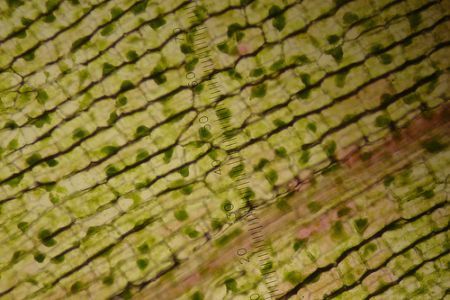
The basic unit that makes up living things is the Cell. All living things from tiny bacteria to the largest whale, are made of cells.
When looking at most living things, cells are not visible with unaided eye. The invention of microscope made it easy for scientists to discover cells and the structures within them.
In 1665, an English scientist named Robert Hooke made an improved microscope and viewed thin slices of cork for the first time to view plant cell walls. Hooke named what he saw "Cells"

The Cell Theory
In 1838, German scientist Matthias Schleiden compared different plants and plants parts. He concluded that all plants are made of cells. Another scientist drew the same conclusion about animals. Twenty years later, German physician Rudolph Virchow reasoned that cells come only from other cells. These conclusions were eventually organized into a single theory known as the cell theory.
The theory states;
* All living things are made of one or more cells
* the cell is the smallest unit of a living organism
* Cells come from other cells
Group work - Task
Instruction
1. Work in groups of 4
2. Each group go to microscope station and look at 4 slides under microscope.
3. Discuss among yourselves what you have observed.
4. Prepare 2 mins presentation to share your observation with your classmates.
Homework
Answer the following questions and send them to me via e - mail or post your answers in e-class account.
2. How did scientists come to the conclusion that all living things are made up of cells?
Interactive Cell